- Written By Team DWS
- Festivals
- June 24, 2025
How to Celebrate Parsi New Year: Festive Recipes and Rituals
Parsi New Year, known as Navroz or Nowruz, is a vibrant celebration marking the start of the Parsi calendar. Falling around the spring equinox, this festival signifies renewal and the arrival of a new year filled with hope and prosperity. If you're looking to join in the festivities or enhance your own Parsi celebrations, this guide will walk you through the rituals and offer some delicious festive recipes.
 copy-dws638863396466827341.jpg)
Understanding the Significance of Navroz
Navroz has its roots in ancient Persia, representing a celebration of life, rebirth, and the triumph of light over darkness. For the Parsi community, who follow the teachings of Zoroastrianism, it holds immense importance as a time to cleanse the home, reflect on one’s life, and seek blessings for the year ahead. Families come together to celebrate, often donning new clothes and decorating their homes with flowers and fresh items.
Key Rituals to Observe on Parsi New Year
- House Cleaning and Decoration: In preparation for Navroz, it’s customary to clean the home thoroughly. This symbolizes clearing away the old year’s negativity and inviting positivity for the coming year. Decorate your home with fresh flowers, mirror work, and colorful rangoli designs at the entrance to welcome guests.
- Prayer and Gratitude: Begin the day by offering prayers at the fire temple (Atash Behram). Spend time in reflection, expressing gratitude for the blessings of the past year and seeking guidance for the upcoming one. A special prayer, the “Baj,” is often recited at home.
- Setting the Table (Haft-Seen): A special table setting is created, often resembling the Persian Haft-Seen, but with Parsi variations. The table includes seven symbolic items that start with the letter 'S', representing prosperity, health, and happiness. Some common items include:
- Seer (garlic) for health
- Sonbhal (sweet basil) for love
- Soma (vinegar) for patience
- Samano (sweet pudding) for prosperity
- Community Gatherings: Navroz is a time for families and communities to come together, exchange greetings, and share in communal festivities. Visit friends and family members to celebrate with them, often culminating in a festive meal.
Festive Recipes for Navroz
Food plays a vital role in Parsi celebrations, and Navroz is no exception. Here are a couple of delicious recipes you can prepare to celebrate this festive occasion.
Sali Boti (Meat with Fries)
Ingredients:
- 500g boneless lamb or beef, cut into cubes
- 2 large onions, finely sliced
- 2 tomatoes, chopped
- 1 cup yogurt
- 2-3 cloves of garlic, minced
- 2 green chilies, slit
- Whole spices (cinnamon, cloves, cardamom)
- 1/2 tsp turmeric powder
- Salt to taste
- Oil for frying
- Fried potato sticks (sali) for garnishing
Instructions:
- Heat oil in a large pot and sauté the sliced onions until golden brown.
- Add the minced garlic and sauté until fragrant. Then, add the cubed meat and brown it on all sides.
- Add the chopped tomatoes, turmeric, and salt. Stir well to combine.
- Once the tomatoes are softened, reduce the heat and add yogurt gradually, stirring continuously.
- Cover and let it simmer on low heat until the meat is tender (approximately 1-1.5 hours).
- Once done, serve hot, garnished with crispy potato sticks.
Patra (Spiced Fenugreek Rolls)
Ingredients:
- 200g fresh fenugreek leaves (or kasuri methi)
- 1 cup gram flour (besan)
- 1 tbsp ginger-garlic paste
- Spices (turmeric, chili powder, cumin powder)
- Salt to taste
- Oil for greasing
Instructions:
- Mix the gram flour with ginger-garlic paste, spices, and enough water to form a thick batter.
- Add chopped fenugreek leaves and mix well.
- Grease a steaming plate with oil. Spread the mixture into a thin layer.
- Steam the mixture for about 20-25 minutes.
- Once cooled, slice into rolls and serve with a tangy tamarind dip.
Conclusion
Celebrating Parsi New Year is a beautiful blend of traditions, meaningful rituals, and festive foods that foster community and family bonds. As you prepare to welcome the new year, take the time to engage in the customs that resonate with your heritage, such as cleaning your home to symbolize the clearing away of negativity, preparing sumptuous Parsi dishes like Sali Boti and Patra, and participating in prayers and joyful gatherings with loved ones. This celebration not only honors the rich history of the Parsi community but also deepens the connections we share with those around us, reminding us of the importance of unity, gratitude, and hope for the year ahead.
 copy-dws638863401669039935.jpg)
Parsi New Year FAQs: Everything You Need to Know About Navroz Celebrations
Sure! Here are some frequently asked questions (FAQs) about Parsi New Year:
1. What is Parsi New Year?
Parsi New Year, also known as Navroz or Nowruz, is the celebration of the Persian New Year by the Parsi community, which is descended from Zoroastrian immigrants from Persia (modern-day Iran) who settled in India. It marks the arrival of spring and is a time for renewal and joy.
2. When is Parsi New Year celebrated?
Parsi New Year is celebrated on the first day of the month of Farvardin in the Zoroastrian calendar, which typically falls on or around August 16th in the Gregorian calendar.
3. How do Parsis celebrate New Year?
Festivities include cleaning and decorating homes, wearing new clothes, visiting fire temples, and praying for prosperity and health. Families come together for feasts that often feature traditional dishes like dhansak (a meat and lentil dish) and sweets.
4. What customs are associated with Parsi New Year?
Common customs include the cleansing of homes, offering prayers to deities, visiting the fire temple, and maintaining a spirit of generosity. Many also exchange gifts, greeting cards, and sweets with family and friends.
5. What is the significance of the rituals performed during Parsi New Year?
The rituals symbolize purification, renewal, and hope for a prosperous year ahead. Lighting a fire and invoking prayers are central to the celebration, reflecting the Zoroastrian respect for fire as a symbol of purity.
6. What traditional foods are prepared during Parsi New Year?
Traditional dishes served during Parsi New Year include sweets, such as besan ladoos (chickpea flour sweets), and savory dishes like dhansak, fish, and pulao (rice dishes).
7. Is Parsi New Year a public holiday?
In India, Parsi New Year is recognized as a public holiday in regions with significant Parsi populations, such as Mumbai and Gujarat. It may not be a public holiday in all regions.
8. Can non-Parsis celebrate Parsi New Year?
Yes! While Parsi New Year is primarily a religious and cultural celebration for the Parsi community, friends and those interested in the culture are often welcomed to join in the festivities.
9. What should I say to someone celebrating Parsi New Year?
You can greet someone celebrating with "Navroz Mubarak" or "Happy Navroz," both of which convey your wishes for a prosperous and happy new year.
10. How is the date of Parsi New Year determined?
The date is determined by the Zoroastrian calendar, which is a lunisolar calendar system. It is influenced by the timing of the vernal equinox as well as other cultural traditions.
11. Are there any unique Parsi New Year traditions?
In addition to decorating homes and preparing traditional meals, Parsi families have specific customs like setting up a "haft-seen" table and offering prayers at their homes and fire temples as a way to symbolize hope, prosperity, and the importance of family.
If you have more questions or need specific information about Parsi New Year, feel free to ask!
Popular on Blogs
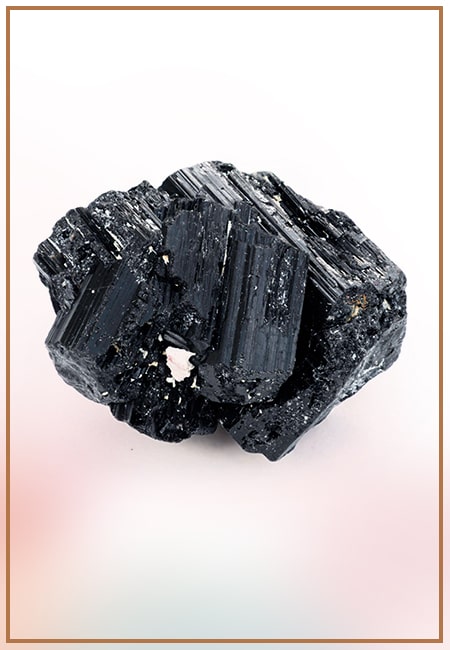
Black Tourmaline: Meaning, Healing Properties, Fascinating Facts, Powerful Attributes, Versatile Uses, and Beyond
September 05, 2023 / BY Team DWS
Black Tourmaline, also known as Schorl, is a highly revered crystal with incredible metaphysical properties. It derives its name from the Dutch word "turamali," meaning "stone with ..
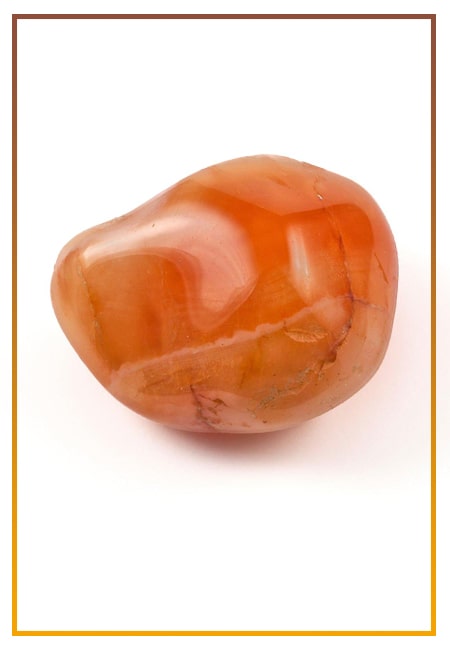
Carnelian Stone: Meaning, Healing Properties, Power, Facts, Color, Uses and More
December 26, 2023 / BY Team DWS
Carnelian is a vibrant and captivating gemstone that holds a plethora of meanings, healing properties, and powers. Its warm and fiery energy makes it a popular choice among crystal ..
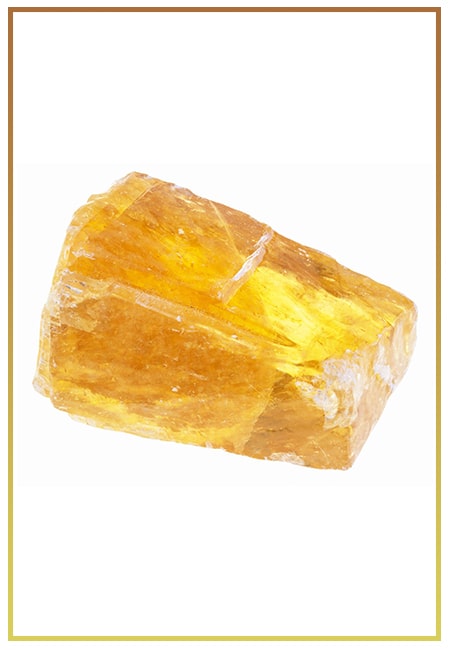
Citrine: Exploring its Meaning, Healing Properties, Fascinating Facts, Powers, Versatile Uses, and Much More
November 18, 2023 / BY Team DWS
Citrine, with its warm golden hues, has captured the attention and imagination of people for centuries. This beautiful gemstone, commonly associated with wealth and prosperity, hol ..
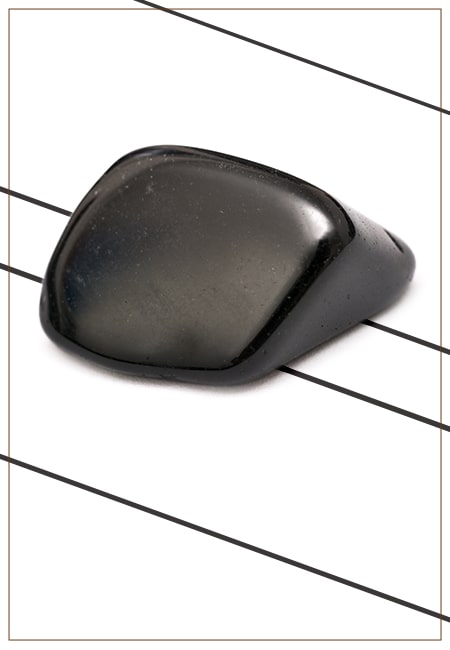
Black Onyx: Unveiling the Meaning, Healing Properties, Fascinating Facts, Powerful Attributes, Versatile Uses, and Beyond
July 25, 2023 / BY Team DWS
Black Onyx, a striking gemstone admired for its deep black hue and elegant appearance, has captivated people for centuries. In this comprehensive guide, we will delve into the mean ..
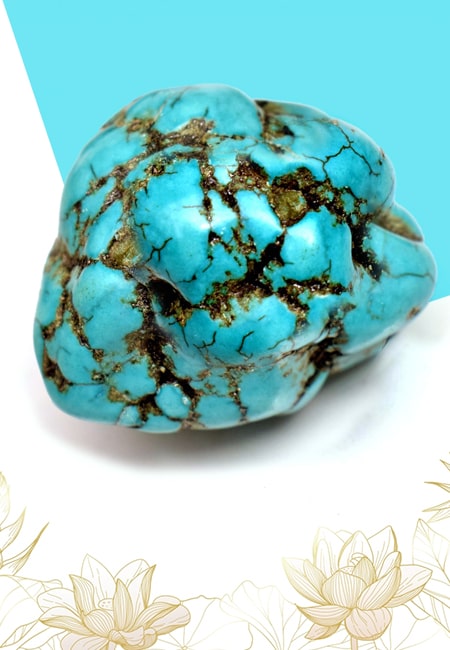
Unveiling the Mysteries of Turquoise Stone: Exploring its Meaning, Healing Properties, Power, Facts, Color, Uses, and More
December 05, 2023 / BY Team DWS
Turquoise, with its captivating blue-green hue, has been adorning jewelry and artifacts for centuries. This striking stone has a rich history, rich symbolism, and a plethora of int ..
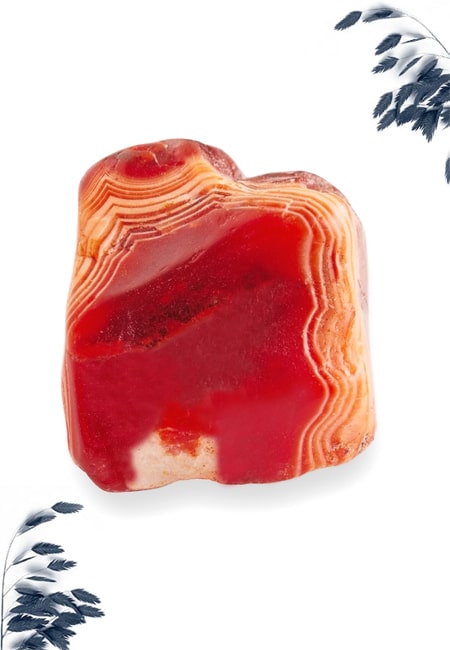
The History Behind The Popularity of Red Agate
December 23, 2022 / BY Team DWS
An Agate is a type of magma rock that takes many years till it is washed out naturally into the water. And that is the reason this stone has elements of water. This beautiful stone ..
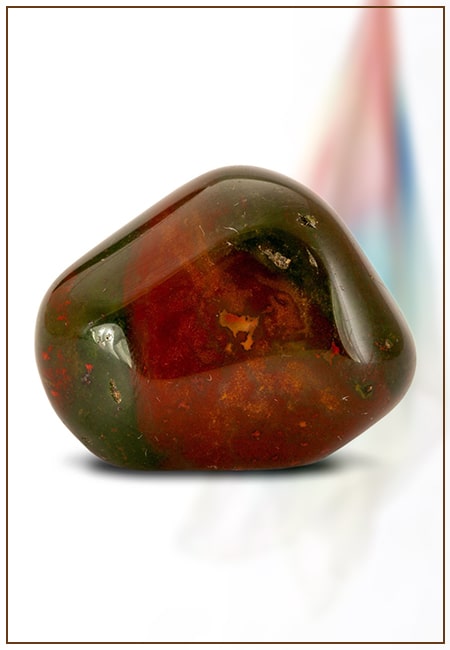
Bloodstone: Unveiling the Meaning, Healing Properties, Facts, Powers, Uses, and More
August 21, 2023 / BY Team DWS
Bloodstone, with its captivating deep green color with specks of red, is a mesmerizing gemstone that has fascinated civilizations for centuries. It possesses unique healing propert ..

Plan a Perfect Valentine's Week with Our Valentine Week List 2025
January 22, 2024 / BY Team DWS
Valentine's Day is undoubtedly the most romantic day of the year, but we believe that one day is just not enough to express your love and make your partner feel special. That's why ..


